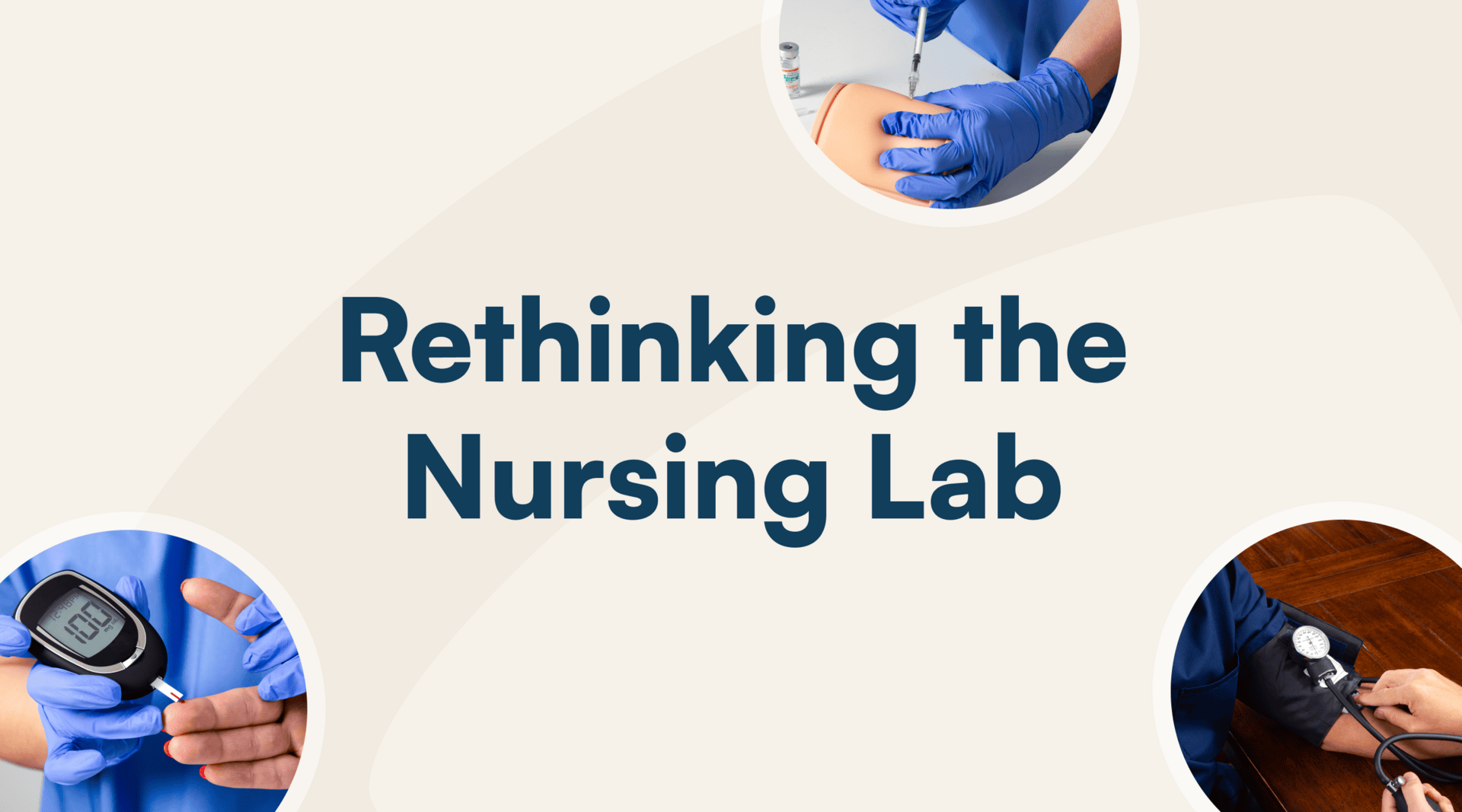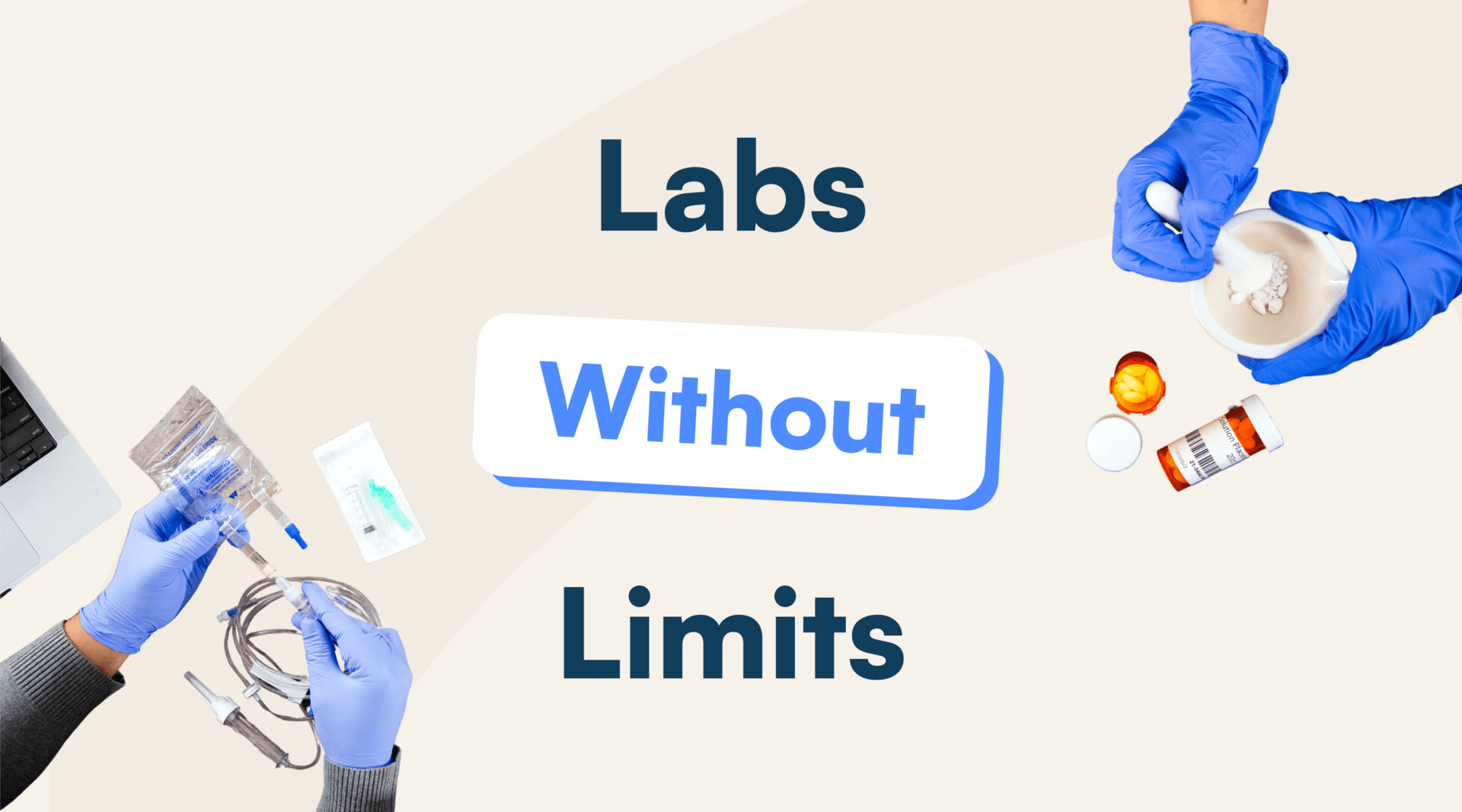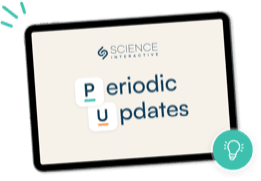What’s the 🔑 to staying viable in an incredibly competitive market and ensuring ALL of your students receive a meaningful and rigorous lab experience from wherever they take a course?
The answer isn’t staying content with the status quo of traditional on-campus labs. That approach is sure to leave your enrollment pipeline dry. It’s also not offering watered-down versions of your on-campus labs online.
Unfortunately, programs have traditionally treated on-campus and online labs as separate challenges with different solutions—a siloed approach that only leads to inconsistencies in quality, increased faculty workload, and complicated resource management. But with increasing resource constraints and competition for enrollment, you’ll have to differentiate your program—and fast.
Of the nearly 300 administrators surveyed, more than half cited declines in enrollment in on-campus labs. Nearly 75% reported continued growth in online options with increases in student demand for hybrid/blended courses—some of the loudest calls from your very own on-campus students. Amid growing demand for flexible learning options, rising pressure to control costs while maintaining quality, faculty stretched thin managing multiple delivery modes, and the need to serve diverse student populations, the key to growing your science program lies in a holistic approach.
Common Missteps When Scaling Across F2F, Online & Hybrid Lab Courses
Success requires moving beyond the traditional campus vs. online divide, looking at on-campus, online, and hybrid courses holistically. In fact, a poorly executed strategy—one without an integrated and consistent model for delivering labs across modalities—risks major inefficiencies, high costs, and a chaotic experience for instructors and students alike.
Variability in Quality and Learning Outcomes
One of the biggest challenges in scaling lab courses across multiple modalities is ensuring consistent quality and learning outcomes. Often, programs adopt separate solutions for online science labs, hybrid, and on-campus labs, leading to significant variability in the student experience. For example, students in online courses might encounter limited access to hands-on components compared to their on-campus peers. Meanwhile, hybrid students could feel like their experience is fragmented or disconnected, especially if lab and lecture don’t align and ineffective tools make access confusing and challenging.
In fact, one study found student achievement outcomes are more variable in online classes, and that online courses do less to promote student academic success and progression than in-person courses. As a result, the probability of remaining enrolled a year later was reduced by over ten percentage points. The variability in experience erodes trusts with students, breeds dissatisfaction, and can have a potential impact on your retention number.
Accreditation Considerations
Beyond student expectations, accreditation standards often require uniformity in learning outcomes across modalities. Meeting these standards isn’t just about compliance; it’s about signaling to prospective students that your programs are designed to deliver excellence, no matter how or where they’re accessed. Consistent delivery not only enhances student satisfaction but also differentiates programs in an increasingly competitive market.
Overloaded Faculty & Resource Constraints
Another critical misstep is the often overlooked strain placed on faculty. Most programs don’t take stock of the tools, technology, and resources needed across their courses. As a result, you find yourself with siloed and expensive systems and materials, which creates redundancies, additional prep work for instructors, and fragmented experiences for instructors and students alike.
Your instructors will end up spending their time balancing courses, trying to figure out how to adapt them across modalities, sourcing supplies, prepping for labs, and grading manually. They’ll be duplicating efforts to tailor content and training on separate systems to accommodate different courses, often spending more time on ALL of these aspects than on actual teaching.
Ultimately, your instructors will feel drained, and you’ll start to feel it. You’ll have difficulty hiring qualified faculty and constantly be playing a juggling game between limited resources and lab space availability—all amidst flat or, worst yet, declining budgets. It’s a recipe for complete and total burnout!
The Benefits of Scaling Your Program with an All-in-One Solution
In today’s market, you’re competing not just on price and convenience but also on quality. One of the most critical factors influencing a student’s decision—and their overall satisfaction—is the consistency of the learning experience across formats. Whether attending in-person, online, or through a hybrid model, students expect uniformity in academic rigor, resources, and outcomes.
Programs that meet these expectations are positioned to foster student success, while those that fall short lose both credibility and students. Consider these additional benefits of creating an equivalent learning experience across modalities.
Increased Trust through Consistent Lab Experiences
Uniformity across course formats is more than just a nice-to-have; it’s a cornerstone of trust. At any given point in a student’s academic journey with you, the same student could be setting up their bench in your on-campus lab, logging into interactive online science labs, or navigating a hybrid setup. Variability in the quality of that student’s experience across modalities can lead to frustration and doubts about the institution’s ability to provide equitable education.
Greater Student Success & Less Faculty Strain
Students in all formats deserve equal access to challenging, well-designed coursework that prepares them for future success. Without this equivalency, programs risk creating educational gaps that undermine the institution’s mission and reputation.
When programs prioritize consistency across modalities, outcomes can improve. Consider the impact students who engage with a standardized lab curriculum across formats could have. With positive learning experiences, they’re more likely to both persist and recommend the program to peers. And word gets around. Once you become known for delivering quality learning experiences, interest in your programs can grow. You’ll find yourself with less complaints about course disparities and a marked improvement in both post-course evaluations and institutional reputation.
Similarly, faculty teaching these courses have smoother transitions between formats, reducing strain. When pre-labs, simulations, and hands-on materials are aligned, faculty can streamline lesson planning, eliminate redundant tasks, and deliver more effective and engaging instruction.
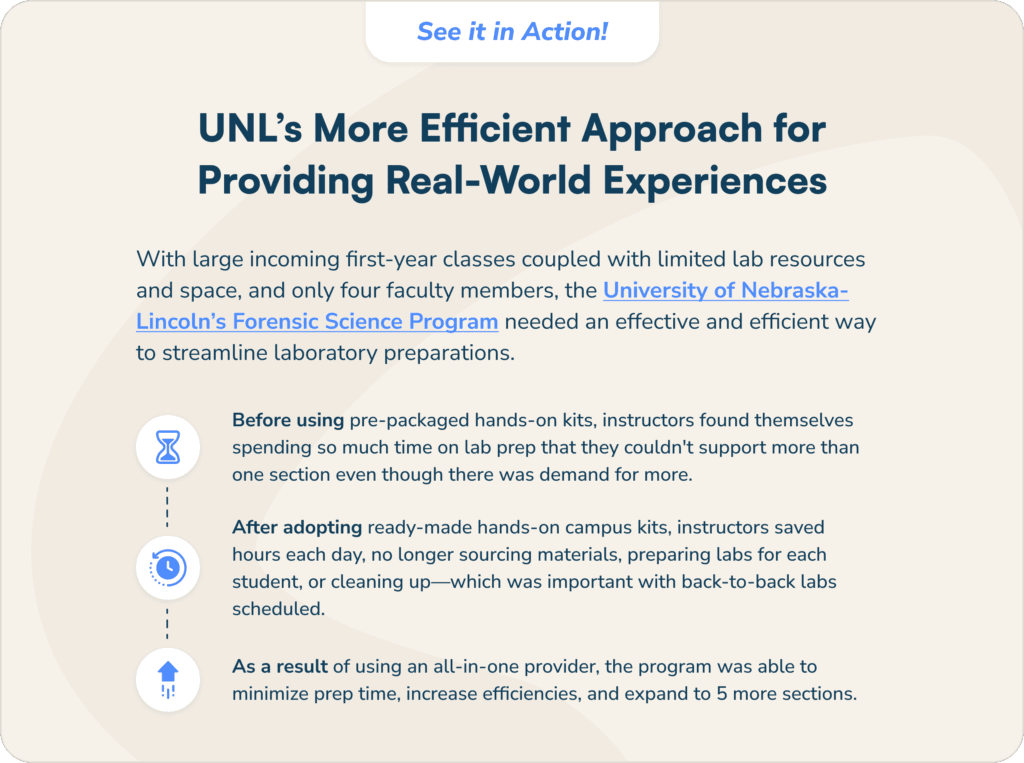
A Longer-term Competitive Edge: Cost & Operational Efficiencies
Programs must find ways to maintain quality and optimize resources while supporting multiple delivery models. Investing in a consistent experience across course formats doesn’t just benefit students and faculty in the short term—it also yields significant long-term advantages for your program, including cost savings, efficient operations, and a strong foundation for scalable growth.
Consolidating systems into a unified solution reduces redundant expenses and enables you to negotiate better rates with vendors. For example, a program that transitions to a single lab provider for virtual and hands-on lab needs minimizes the need to purchase physical lab materials for multiple locations and removes potential duplicate expenses from multiple vendors. These savings can be redirected to enhance other areas of the program, such as faculty development or student support services.
Finally, as demand for flexible learning options grows, you’ll be prepared to expand offerings quickly and efficiently. A strong foundation for scalability makes it easier to onboard new faculty, develop additional courses, and accommodate growing student enrollment. This positions your program for sustainable growth and gives you the peace of mind that the quality of education will remain consistent, regardless of how large your reach becomes.
A Single Toolkit for Scalable, Consistent Experiences Across Modalities
Institutions need solutions that work seamlessly across all learning environments—from classrooms to living rooms. When you use an all-in-one provider, you’ll:
- Ensure Quality: Labs designed for all teaching modalities ensure consistent quality whether teaching in-person or online.
- Eliminate Supply Headaches: Ready-to-use lab kits or scheduled lab deliveries ensure you have the right materials at the right time
- Support Student Success: Pre-labs and comprehensive curricula guide students from preparation to mastery
- Maximize Teaching Impact: Spend less time on prep and logistics, and more time supporting student success
Choose Lab Solutions that Support Multiple Modalities
Labs designed for all teaching modalities ensure consistent quality whether teaching in-person or online. This approach combines the tactile engagement of hands-on experiments with the accessibility of virtual simulations and the preparatory rigor of pre-lab activities no matter the course delivery format.
Ensure Quality with Integrated Hands-on & Virtual Pre-labs
This combination allows students to build foundational knowledge through virtual labs, explore concepts in a safe, controlled virtual environment, and then apply their skills in a real-world, hands-on setting, whether that’s at home or on campus. Use ready-made hands-on lab kits to provide students with the opportunity to put what they learned during virtual labs into practice. The result is a cohesive learning journey that reinforces concepts, engages students, and accommodates different learning preferences.
For example, a chemistry course might use virtual simulations to introduce students to complex reactions they’ll later perform in the lab. By the time they don safety goggles and handle real chemicals, they’re already familiar with the process, reducing mistakes, increasing preparation, and boosting confidence. This continuity not only enhances the learning experience but also helps students connect theoretical knowledge with practical applications.
A student taking this chemistry course online could also have the opportunity to perform the virtual simulation before using their hands-on kit to conduct the experiment, creating an equivalent experience despite differing course modalities.
Support Student Success with Flexible, High-Quality Curricula
Comprehensive curricula guide students from preparation to mastery. Materials, including activities and assessments, that have been developed by PhD scientists and rigorously evaluated by experts provide a level of credibility and consistency that’s hard to match. They ensure that every course, regardless of modality, meets the same high standards of quality and rigor.
Moreover, flexible curricula can be tailored to suit various teaching styles and the unique needs of different student populations. For example, an instructor in an underrepresented community college may prioritize accessibility and use pre-lab simulations as a stop gap for limited lab space or time constraints, while a professor in a research university might leverage the same curricula to deepen conceptual understanding in advanced courses.
Institutions that adopt such adaptable materials are better equipped to scale their offerings, serve diverse student bodies, and ensure every learner has access to the same level of quality.
Maximize Teaching Impact with Lab Management that Works for You
Integrated solutions don’t stop at the learning experience—they also extend to the backend management of lab courses. Tools designed to simplify grading, reporting, and feedback while making the most of what you already have are game-changers for educators and administrators alike.
Imagine a lab management platform that integrates seamlessly with your LMS to automatically sync grades and track student progress across virtual simulations and hands-on experiments. Such tools make grading faster and more transparent while enabling real-time feedback that keeps students on track.
Similarly, that lab management platform should integrate digital textbooks, making access for students easy. For example, OpenStax’s free, high-quality, peer-reviewed, openly licensed textbooks are accessible right from Science Interactive’s lab management platform, allowing you to use high-quality instructional materials and lab curricula without any additional fees or cost to students. Students have easy access, especially at the moments when it matters most—when completing labs. They’ll find answers and get unstuck faster when up against a problem, and be able to better connect theoretical concepts to what they’re learning in your lab.
Whether adding new courses, accommodating larger class sizes, or launching programs in new modalities, a single provider ensures that growth is efficient, cost-effective, equitable, and sustainable.
An All-in-One Partner for High-Quality Labs from Anywhere
When students enroll in a program, they’re making an investment in their future. Offering a consistent experience across course formats sends a clear message: “We value your education, and we’re committed to delivering excellence, no matter how you choose to learn.” For institutions, this approach isn’t just good practice—it’s a competitive advantage that sets them apart in an increasingly crowded market.
By focusing on consistent lab experiences, maintaining academic rigor, and ensuring equivalency in outcomes, institutions can build trust, boost engagement, and ultimately foster success across all modalities.
If you’re interested in a comprehensive lab solution that supports all learning environments, including fostering interactive online science lab experiences, let’s talk.
Discover more articles
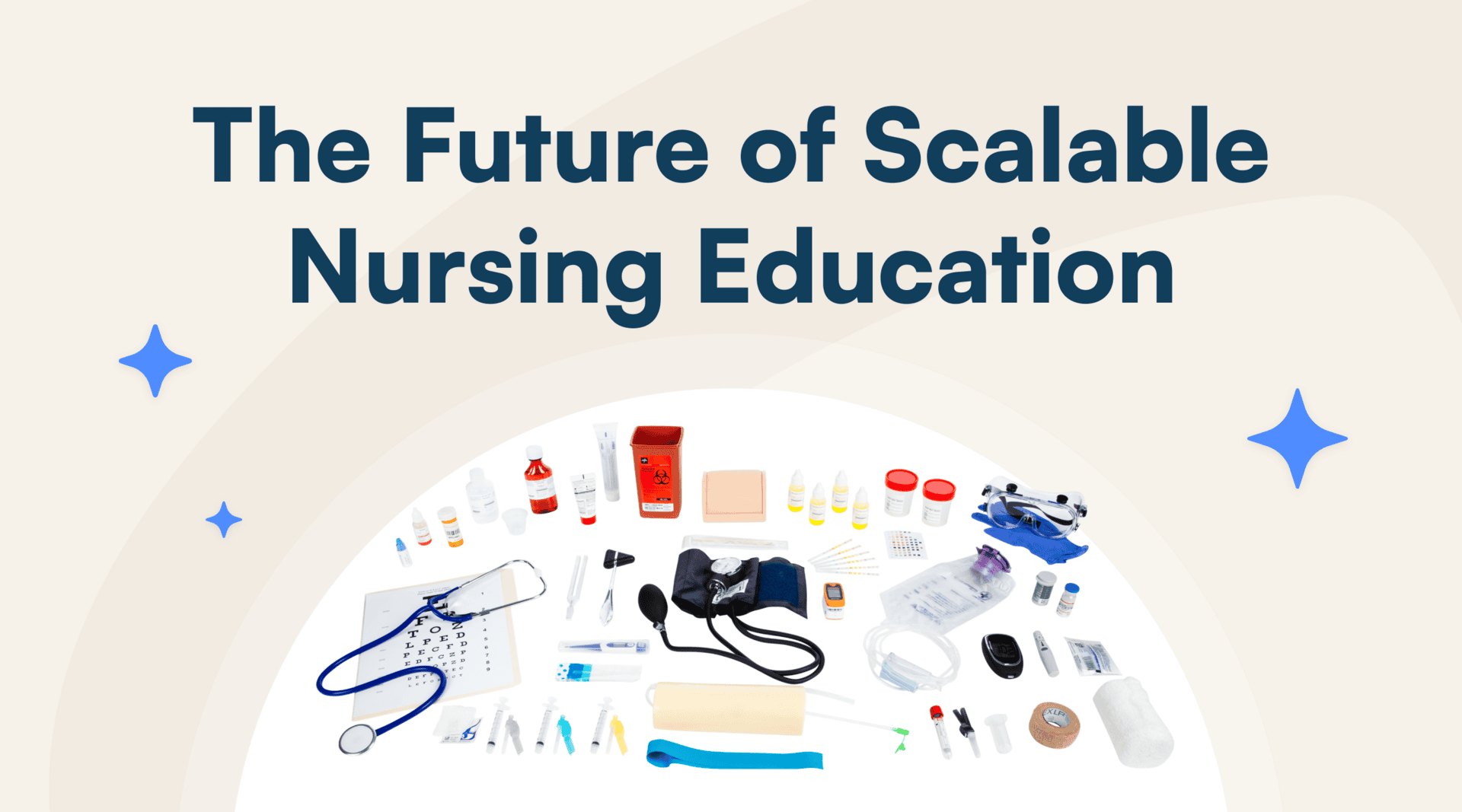
Science Interactive Launches New Nursing Fundamentals
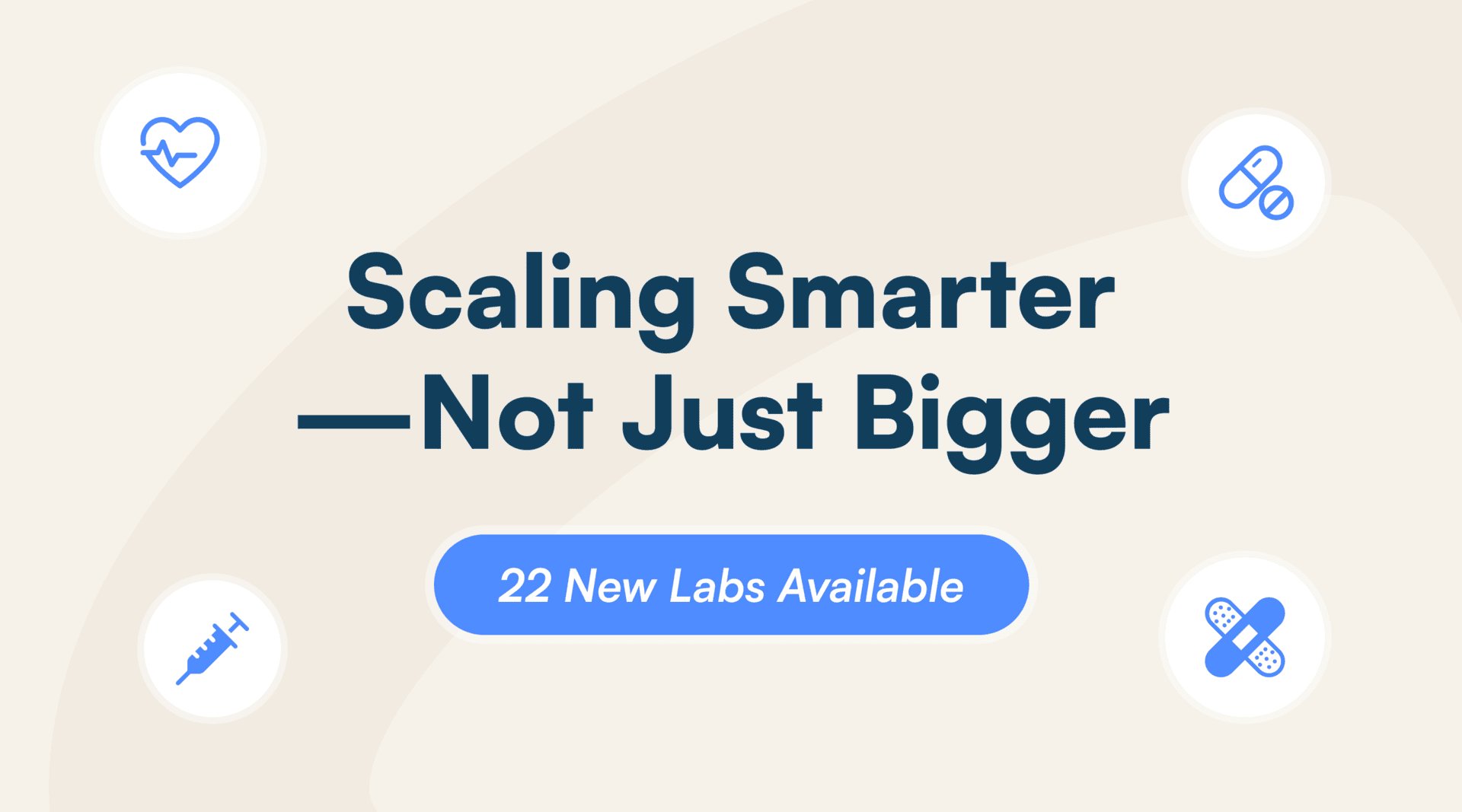
What Clinical-Ready Actually Looks Like (And How to Get There Sooner)
